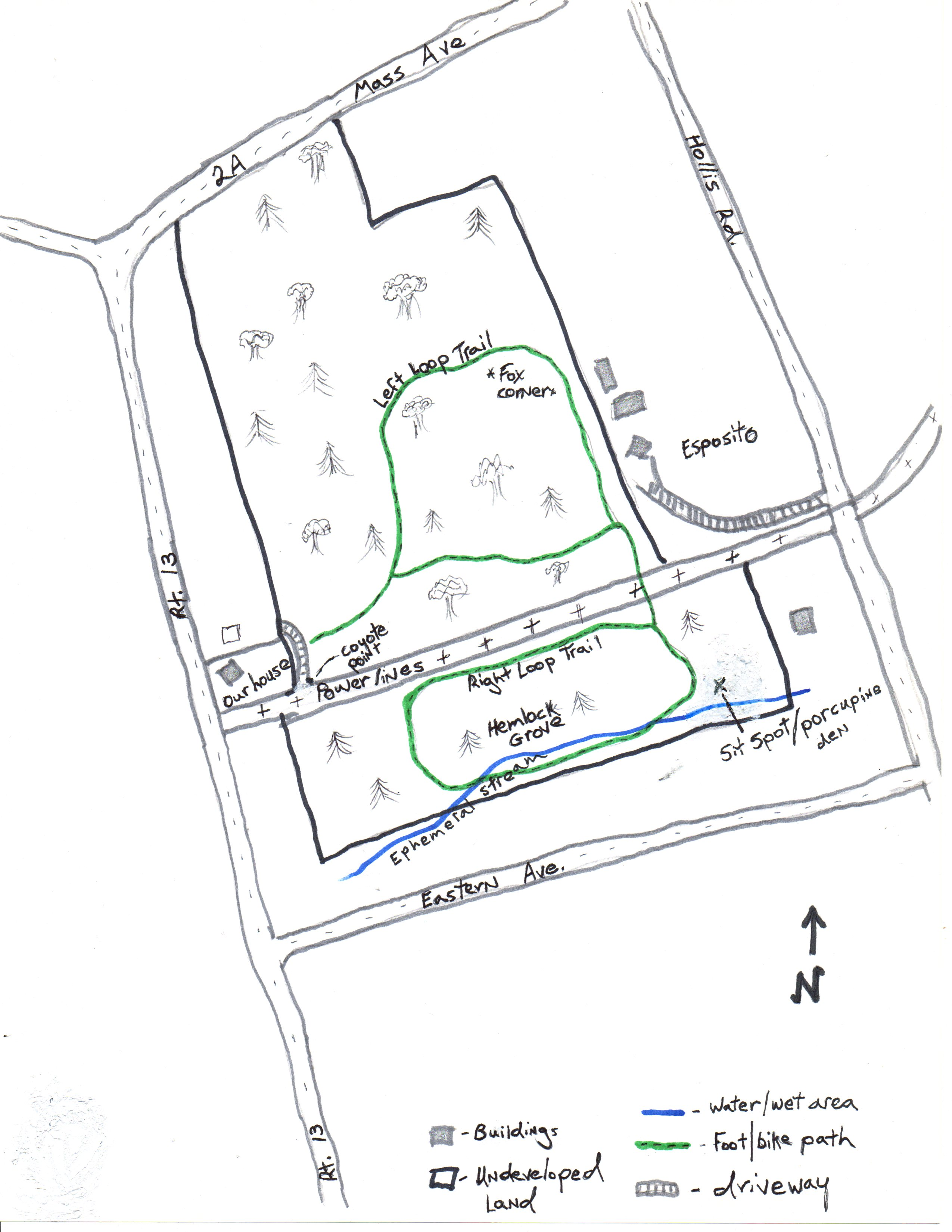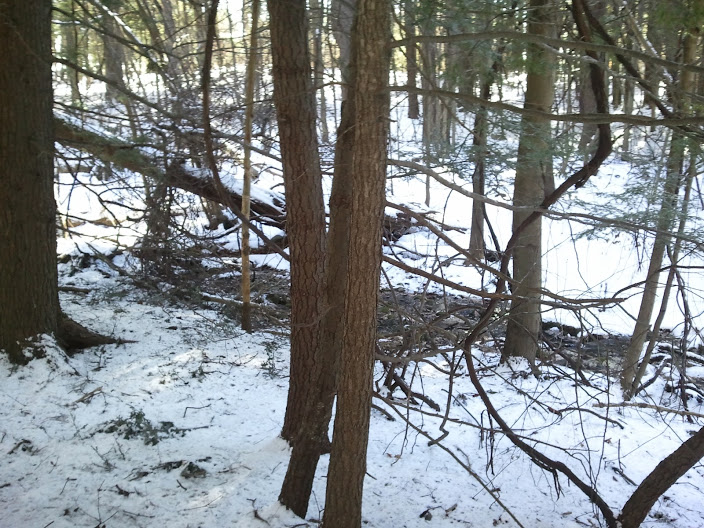Here’s a scenario: I’m leading a program outdoors and a bird flies overhead and lands in a tree nearby. Those participants who were paying enough attention to their surroundings to notice this bird instantly ask:
“What is that?”
My knee-jerk reaction as an educator (and parent) is to answer the question (“it’s a blue jay”). But the naturalist in me knows that if I give them a name for what they’re looking at, there’s a pretty good chance they’ll lose interest and go back to whatever they were doing in the first place (which was, hopefully, the program I was in the middle of). If I have my wits about me I will instead ask the questioner (and the rest of the group who is now far more interested in the bird than the lesson):
“Well, what do you notice about it?”
Inevitably, there is someone in the group who does know the answer to what that bird is, and I have to make sure that they don’t answer the question (at least, not yet).
“It’s blue!!” someone calls out.
“It’s got a pointy head!” says another.
So now the group is really engaged in the bird, and I’ll keep prompting them with questions:
“What about its bill? What shape is that?”
“It’s like a triangle!” someone might say or, “it looks really sharp”.
“What else do you notice about it?” I would ask.
Now the participants have to start paying closer attention to the bird they’re looking at.
“It’s got black stripes on the side of its head.”
“It’s pretty big.”
“It’s not all blue – it has some white on it.”
“Good! Where is the white on this bird?”
And so forth, until my participants are either fed up with me, or the bird flies off.
This is coyote teaching. Not giving students (of any age) the answers to the “what is it?” questions, but instead helping them learn to observe the world around them in close enough detail that the answers either cease to be important, or they can use the information they gather to go and look up the answer once back inside. The closer you look, the more you see and the more fascinating the world around you becomes.
However, it’s important to understand that most people aren’t used to being taught this way. In school we are given the answers to our questions right away, or else a tool to go and “look it up”. As a result many program participants will only have a limited amount of patience for this method of teaching – at least at first. But once they get the rhythm of how coyote teaching works, they start to make those deeper observations without being prompted. Yes, even in a single-day workshop.
Why should outdoor educators consider teaching this way? Think about how you learn best. Rote memorization works for some folks, but most (if not all) people learn best when they figure out the answer for themselves. I was once visiting a friend out on Long Island, and we went out for an afternoon of birding. His goal (and mine) was to help me get as many new “life birds” on my birding list as possible. So we went out to inland lakes and the coast and sure enough, with his help I was able to add nearly 10 more birds to my life list.
But now 10+ years later, I can’t remember a whole lot of detail about exactly what we saw. But I do remember seeing a black and white warbler outside a window more than 12 years ago, and since I didn’t have a field guide handy I had to really study that bird in order to successfully ID it later in my guide. I will never forget looking at that warbler (or any of the other birds I learned when the answers weren’t readily accessible) and just taking in its details.
Learning to see and observe what’s around us is a powerful tool for everyone to have and keep sharp. I encourage those of you who teach in any capacity – especially parents! – to use this technique with your children or students and help them learn to really see (and hear, and feel, and smell) the natural world around them.
This is a pretty simple view on coyote teaching, which is a whole methodology. If you would like further information on coyote teaching (a term coined by Tom Brown, Jr.), visit the Children of the Earth Foundation’s page on coyote teaching. Two excellent resources that make use of this teaching method are Coyote’s Guide, and Tom Brown’s Field Guide to Nature Observation and Tracking.
Now go outside!!


I love this post! I think everyone learns better this way! I am going to try to do more of this with my children, thanks!
Thanks Ann! It's kind of funny to watch kids get aggravated with you when you first coyote teach with them; sometimes I set it up as a mystery or riddle and they really get into it.
Hello! Just popping in from The Village Witch to welcome you to the Yule Magic Blog Party! I am so glad I found your blog, what a gem!
Hi Sally – thanks for visiting! I love your site and blog. Looking forward to the party!
So now I have to ask, where does the term coyote teaching come from? (and why didn't I do it more when I was still in the field?)
Hi Kate!!! Great question(s). Tom Brown Jr. coined this phrase, but I'll expand on that answer in a post today since it deserves a proper answer (I love Tom Brown Jr.!). Just found your blog and love it!!
That is a good teacher…as you are
Thank you Michelle – I can’t tell you how nice it is to hear that. Like being a parent, I’m constantly wondering about my teaching skills and questioning whether I’m doing things well or not. And like parenting, often times we don’t ever really know the answers (as to how we’re doing) and have to just keep trying the best we can. 🙂